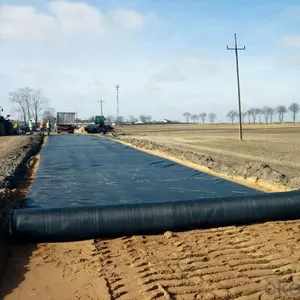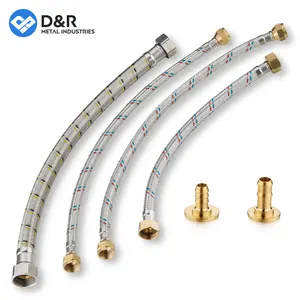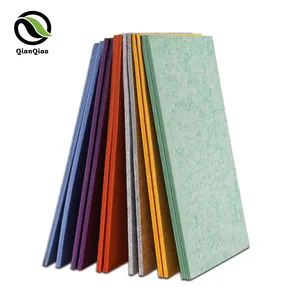Popular in your industry








































































Related Searches:


































































































































































Top categories
About geo plastic textile
Understanding Geo Plastic Textile
Geo plastic textiles are specialized, multifunctional materials designed for a variety of applications within civil engineering. These textiles play a crucial role in land drainage, stabilization, and filtration, catering to both large-scale infrastructure and smaller private projects. Understanding the technical properties of geo plastic textiles is essential, as they possess unique advantages and are selected based on the specific requirements of a project.
Types and Applications of Geo Plastic Textiles
The range of geo plastic textiles includes woven and non-woven fabrics, each serving distinct purposes. Woven geotextile fabric is recognized for its strength and cost-effectiveness, making it suitable for projects where high tensile strength is not a priority. Conversely, non-woven geotextile fabric is known for its durability and excellent filtration capabilities, often utilized in applications like geotextile road fabric where lower resistance and high filtration are required.
Features and Material Advantages
Geo plastic textiles are engineered to address specific challenges in civil engineering. Geotextile drainage fabric is adept at enhancing soil drainage, acting as a separator to regulate water flow and prevent soil clogging. For areas needing filtration, permeable geotextile filter fabric is the go-to option, allowing water to pass through while retaining soil particles. These materials are instrumental in controlling erosion, securing watercourses, and protecting developed land from environmental impacts.
Environmental Impact and Soil Stabilization
The significance of geo plastic textiles is amplified with the growing concerns of climate change. These materials are increasingly vital in preventing property damage, wildlife loss, and water pollution. Soil stabilization fabric is another variant within this category, contributing to the economical aspect of projects by reducing the need for rock and other stabilizing materials in constructions like roadways.
Selection Criteria for Geo Plastic Textiles
Selecting the appropriate geo plastic textile requires careful consideration of the project's demands. Factors such as the required tensile strength, permeability, and durability guide the choice between woven and non-woven fabrics. It is crucial to match the material properties with the environmental conditions and the engineering requirements to ensure the longevity and effectiveness of the geo plastic textile in its application.
Conclusion
In conclusion, geo plastic textiles serve as an integral component in modern civil engineering, offering solutions for drainage, filtration, stabilization, and environmental protection. The selection of these textiles should be based on a thorough understanding of their properties and the specific needs of the project. As the industry evolves, these materials stand as a testament to innovation in supporting sustainable and resilient infrastructure development.






















